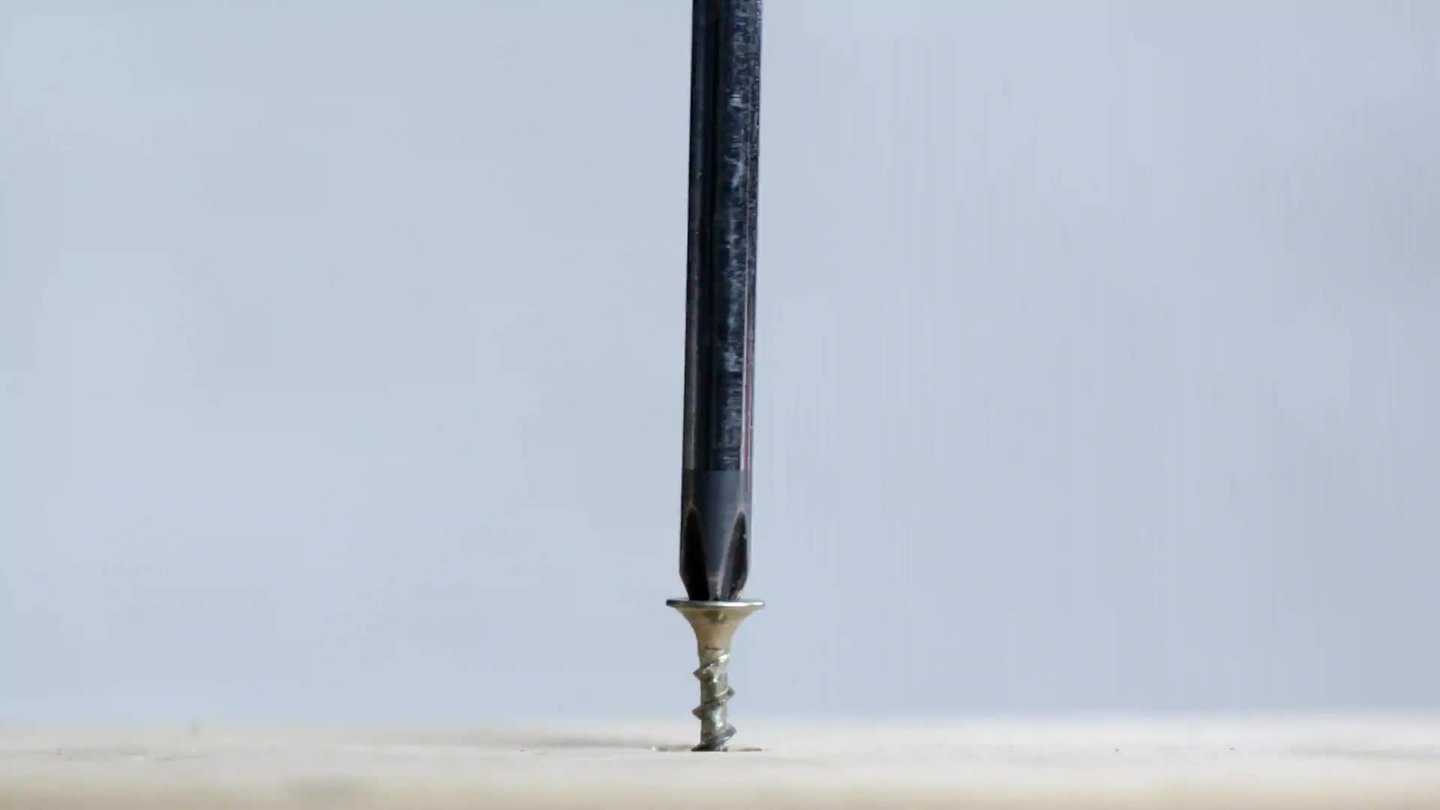Problem
Youandafriendarehelpingtobuildadoghouse.Thewoodenboardsarecut.Theholesaredrilled.Thereis justonethinglefttodo.Youhavetoconnecttheboardstotheframe.Yougrabascrewdriver,somescrewsandgoto work.
Thefirstturnofthescrewiseasy.Butthenitgetshardertoturn.Youholdthescrewdrivertightly.Youstraintoturnthescrew.Uhhhh!Grrrr!Afterstruggling,thescrewisstillstickingout.YourdogOllietiltshishead.Hemustbewonderingwhat’sgoingon.Youarewondering, too!
Solution
Guesswhat?Yourfriendishavingamucheasiertime.She isputtinginherthirdscrew.Youaskher.“Whyareyourscrewssoeasytoturn?”Shelooksatyouandsmiles.“IguessI’mjuststrongerthan you.”
“No,really.Ourscrewdriversarethe samesize.Theholesarethesamesize.Eventhescrewsarethe same size.Sowhat’sthe difference?”
Thenyounoticeit.“Hey,lookatthis.Thethreadsaredifferent.”Theridges,orthreads,arefartherapartthanonyourfriend’sscrews.Yourfriend’sscrewshavealotmorethreads.Andtheyarereallyclosetogether.Thatmustbe it!
Youtryoneofherscrews.Youhavetoturnitalotmoretimes.But,thescrewgoesinfast.“That’smorelikeit!”yousay.“NowIhavetherighttools.We’llhavethisbuiltinnotime.”“AndOllieisgoingtolovehisnewhouse,”yourfriend adds.
Woof!Woof!Olliethinksso, too.

It's Simple
A screw isasimplemachine.Simplemachineshelpusdojobs.Theyhelpmovethingsfaster,farther,ormoreeasilythanwecanwithout them.
Youprobablydon’tthinkofascrewasamachine . .. Instead,youmightpictureacarorapowertool.Thesemachineshavelotsof parts.
Simplemachineshaveonlyafewparts.Somearemadeofonlyonepart.Nearlyeverymachinehasoneormoresimplemachines.Thinkaboutgardenshears.Thesharpedgesofitsbladesarewedges.Thebladesarealsolevers.Soisthehandle.Thepivotpointonwhichthebladesmoveisa screw.
ACloserLook
Ascrewwithfewerthreadswillrequiremoreforcebuttakelesstimeto move.


easiertoturn,takesmore time
hardertoturn,takesless time
threads
Whenyouturnthescrewdriver,thescrewredirectstheforceforwardsoitgoesintothe wood.
TheTurnoftheScrew
Ascrewisaneatlittlemachine.Thoseridges,orthreads,thatwraparoundareallconnected.Theyformasingleramplikeatinyspiralslide.That’swhatmakesascrewdoitsjob.Trytwistingascrewintoapieceofwood.Placethetipofascrewdriverintotheslitinthetopofthescrew.Turnthehandle.Thattakessomeeffort.Thiseffortprovidestheforcethatdrivesthescrewintothe wood.
Turningthescrewdriver,directstheforceinacircle.Italsotransferstheforcetothescrew.Thescrewmovesinacircle.Butthenitchangesthedirectionoftheforce!Insteadofgoingarounditgoesstraight forward.
So,ascrewredirectsforce.Witheachturn,anotherthreadmovesforwardandcutsintothewood. Frictionbetweenthethreadsandthewoodholdthescrewwithagripthat’shardto loosen.
Howdoyouremoveascrew?Turnthescrewdriverintheoppositedirection.Thenthescrewwillredirecttheforcebackwardinsteadof forward.
